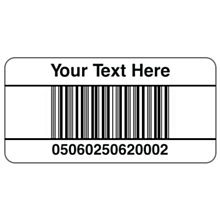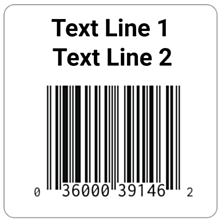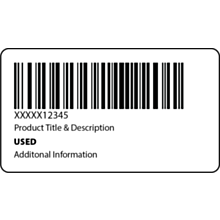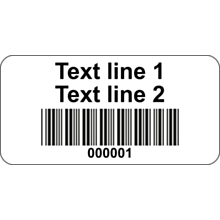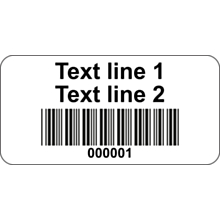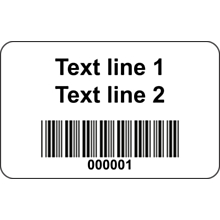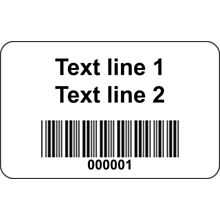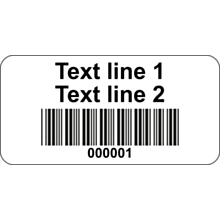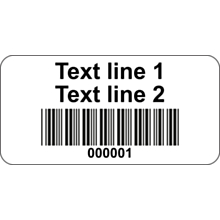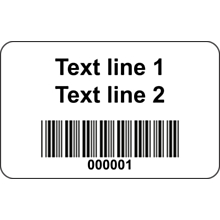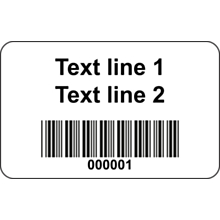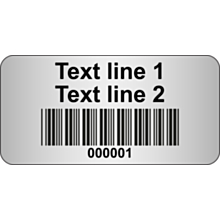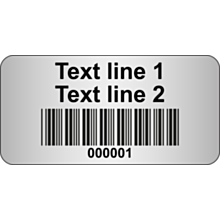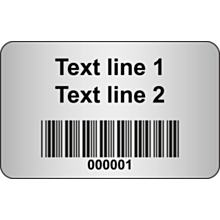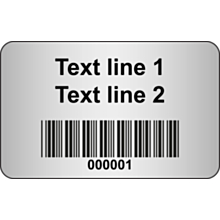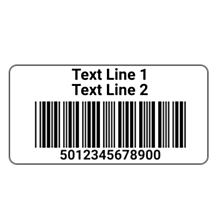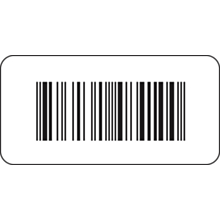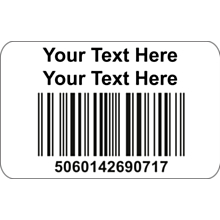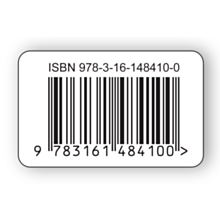1. Code 39
Overview: Code 39, also known as Code 3 of 9, is one of the earliest alphanumeric barcodes and is used in various applications such as inventory and tracking systems.
Characteristics:
Character Set: Code 39 supports 43 characters, including numbers (0-9), uppercase letters (A-Z), and a few special characters (e.g., -, .).
Length: It can encode variable-length data.
Design: It has a pattern of bars and spaces with each character represented by a series of bars and spaces.
Applications: Code 39 is often used in non-retail settings such as industrial and automotive environments due to its simplicity and ease of use.
2. Code 128
Overview: Code 128 is a high-density, alphanumeric barcode that offers greater data capacity than Code 39 and is widely used in various industries for shipping and packaging.
Characteristics:
Character Set: Code 128 supports the full ASCII character set, including uppercase and lowercase letters, numbers, and special characters.
Length: It can encode variable-length data.
Design: It consists of three subsets (A, B, and C) to optimize data encoding and achieve higher density.
Applications: Code 128 is commonly used in logistics, transportation, and packaging because of its ability to encode more data in a smaller space compared to Code 39.
3. EAN-13
Overview: EAN-13 (European Article Number) is a 13-digit barcode widely used in retail for product identification and pricing.
Characteristics:
Character Set: EAN-13 encodes numeric data only.
Length: It consists of 13 digits, with the first 12 digits representing the product code and the last digit serving as a check digit.
Design: It includes a series of bars and spaces that represent numbers.
Applications: EAN-13 is used internationally for retail products and is standard in supermarkets and other retail environments to facilitate quick and accurate checkout.
4. UPC (Universal Product Code)
Overview: UPC is the standard barcode used in North America for retail products. It comes in two main formats: UPC-A and UPC-E.
Characteristics:
UPC-A: Contains 12 numeric digits, including a check digit.
UPC-E: A compressed version of UPC-A, used for smaller packages and contains 6 digits with a set of rules for compression.
Design: Both formats use a series of bars and spaces to represent the numeric data.
Applications: UPC barcodes are standard in grocery stores and other retail environments in the U.S. and Canada for efficient product identification and checkout.
5. QR Code (Quick Response Code)
Overview: QR Codes are a type of 2D barcode known for their ability to store large amounts of data and their quick readability by scanners.
Characteristics:
Character Set: QR Codes can encode numeric, alphanumeric, binary, and kanji characters.
Length: They can store up to 7,089 numeric characters or 4,296 alphanumeric characters.
Design: They consist of a pattern of black squares and dots on a white grid, with specific areas for alignment and orientation.
Applications: QR Codes are used in a variety of applications, including marketing (for quick access to websites), inventory management, and ticketing due to their versatility and high data capacity.
6. Data Matrix
Overview: Data Matrix is a 2D barcode that is particularly effective for small items and high-density applications.
Characteristics:
Character Set: Data Matrix supports numeric, alphanumeric, and binary data.
Length: It can store up to 2,335 alphanumeric characters or 3,116 numeric characters.
Design: It consists of a square or rectangular pattern of black and white cells, making it highly readable even at small sizes.
Applications: Data Matrix codes are often used in the aerospace, electronics, and pharmaceutical industries for tracking and part marking due to their compact size and high data capacity.
7. ITF-14
Overview: ITF-14 (Interleaved 2 of 5) is a high-density numeric barcode used primarily for shipping and packaging.
Characteristics:
Character Set: ITF-14 encodes numeric data only.
Length: It has a fixed length of 14 digits, including the number system character (which is a prefix).
Design: It uses bars and spaces with an interleaved encoding scheme to achieve high density.
Applications: ITF-14 is commonly used for packaging and carton labeling in logistics and supply chain management due to its ability to handle larger quantities of data in a compact format.

